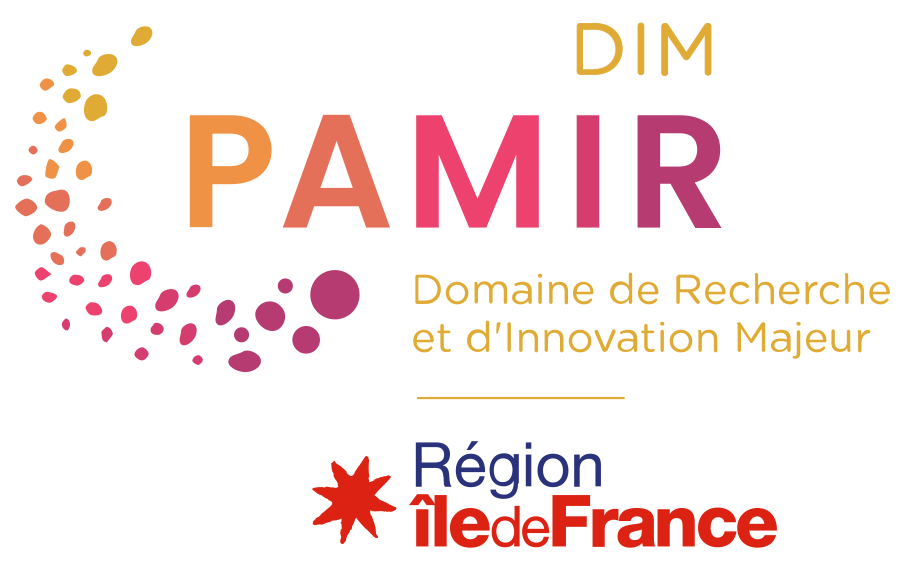
CORE
Reference COllections, scheduling and REcovery
Scientific responsibility :
- Olivier Bignon-Lau
- Marjan Mashkour
Methodological axes :
Thematic fields :
Disciplinary sectors :
Funding :
- DIM PAMIR
- CNRS
- PCR « Les silicites cénozoïques d’Île-de-France »
Project ID : IDF-DIM-PAMIR-2024-10-003
Summary :
The main goal of the CORE project is to undertake systematic work to produce and develop a fully operational platform of reference collections within UMR 8068 TEMPS. This platform brings together collections of different kinds (archaeological, experimental, naturalist, ethnological), for which the state of knowledge is not uniform. The CORE project aims to provide efficient, documented access to all the reference collections of UMR 8068 TEMPS. This requires the implementation of systematic work to make the organisation of the collections consistent in their physical dimension, which implies: (1) the creation of a procedure to identify each element within all the repositories; (2) the production of databases relating to each of these collections and the publications associated with them; (3) the deployment of an ergonomic arrangement of the repositories guaranteeing easy consultation. The CORE project targets different users, from a general audience to professional who want physical access to the platform’s reference collections. Firstly, researchers, post‐doctoral and doctoral students will be able to consult these collections, with the aim of completing them or even creating new ones, or promoting new research projects or collaborative experiments. Secondly, these collections are intended for use by lecturers at the universities of Paris 1 Panthéon‐Sorbonne and Paris‐Nanterre or members of the DIM who are interested in providing teaching aids for their students. Finally, certain collections or parts of collections will be used as demonstrative or illustrative aids for the general audience at Open Science events (Journées européennes de l’Archéologie ou du Patrimoine, Fête de la Science).
The logo has been created by Anita Bignon-Lau, 2024.

